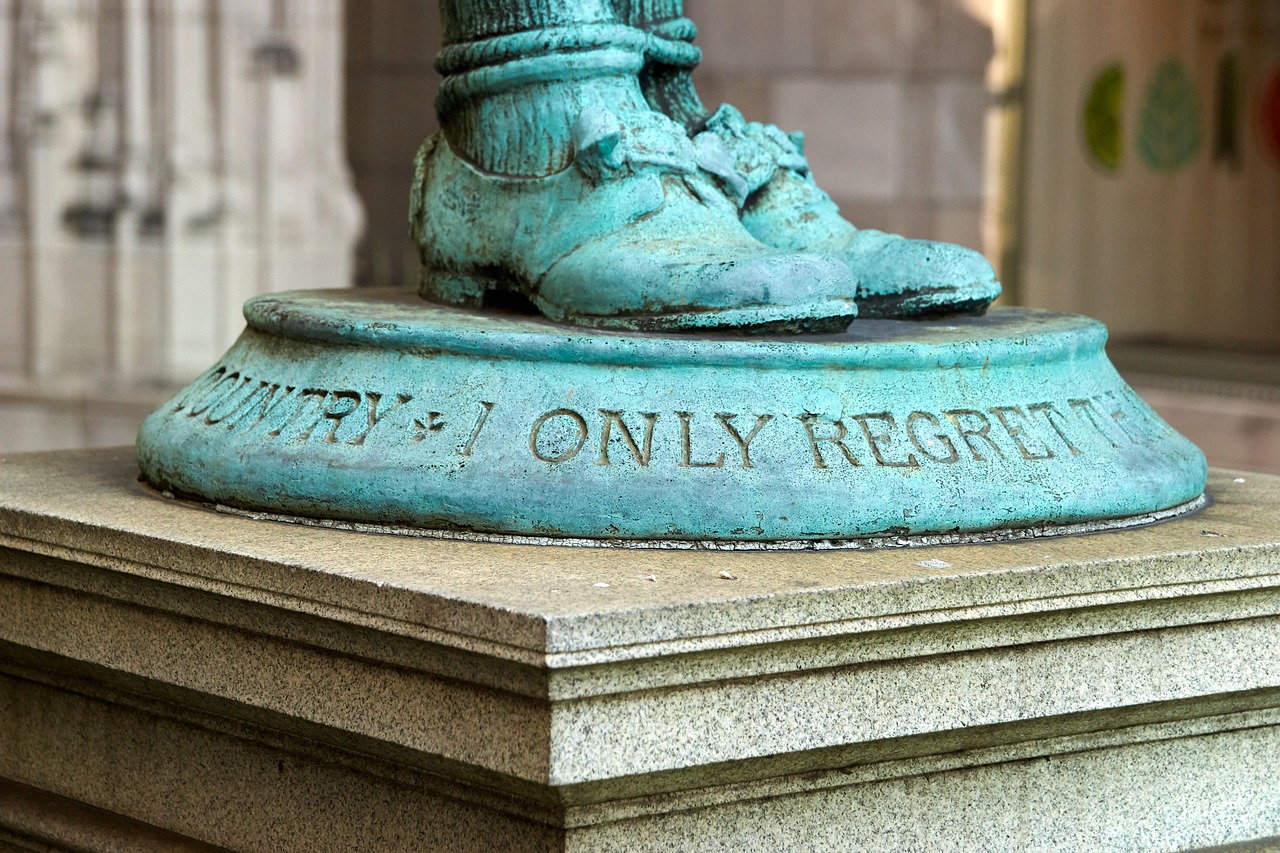 Written by Taylor Walton
Written by Taylor Walton 12 pieces of Chicago history hidden in plain sight
Some of Chicago's oldest buildings, museums and water towers allow visitors to travel back in time.
You can't step inside a time machine and explore the past (not yet, at least), but you can experience bygone days by visiting the places where history transpired. There are elements of Chicago history scattered throughout the city that date back to its incoporation in 1837—you simply need to know where to look. One of the best museums in Chicago resides in a building that dates back to the World's Colombian Exposition of 1893, while the site of a notorious gangster's last stand can be visited across the street from a popular Chicago music venue. Want to learn more about Chicago history through present-day exploration? Check out these important pieces of Chicago history hidden in plain sight.
The Museum of Science and Industry
The fabled White City sprung up in Jackson Park during the World's Colombian Exposition of 1893, hosting technological and cultural exhibitions for six months—but the majority of the noeclassical buildings were temporary and designed to be torn down at the event's conclusion. One exception was the Palace of Fine Arts, built with bricks to protect the art displayed there during the Exposition. Eventually, the vacant building was transformed into the Museum of Science and Industry, which opened in 1933. Builders replicated the Beaux Arts design with Indiana limestone, retaining the columns and ornamentation of the original structure. Stand on the museum's southern steps, look across the Columbia Basin and imagine the White City stretching out in front of you.
Union Stock Yards Gate
Chicago earned its nickname "hog butcher for the world" thanks to the acres of livestock pens and slaughterhouses that could be found beyond the Union Stock Yards gate from 1865 to 1971. Hundreds of thousands of pigs, cows and sheep were slaughtered and processed with industrialized precision each year—all taking place in a harsh environment that journalist Upton Sinclair imortalized in his 1906 novel The Jungle. Today, only the gates of the Union Stock Yard remain near the intersection of W Exchange Avenue and S Peoria Street, acting as the entrance to a memorial that commemorates Chicago firefighters who have died in the line of duty.
Biograph Theater
On July 22, 1934, notorious ganster John Dillinger attended a movie at the Biograph Theater—when he exited, he found the Lincoln Park movie house surrounded by federal agents who had acted on a tip from a madam at an Indiana brothel. When Dillinger attempted to escape into an alley down the street from the theater, agents opened fire, killing the prolific bank robber. While the alley where Dillinger purportedly died still exists (between restaurants Galit and Takito Street), many gangster afficionados make a pilgrimage to the Biograph, which now hosts stage productions as the Victory Gardens Biograph Theater.
Written by
Taylor Walton
